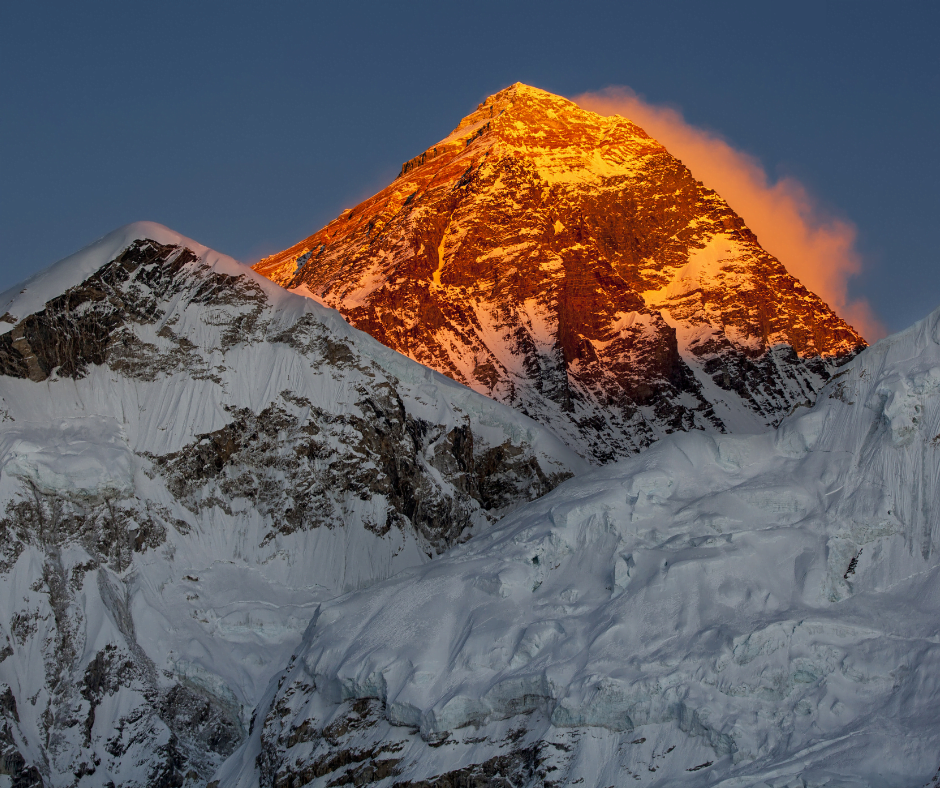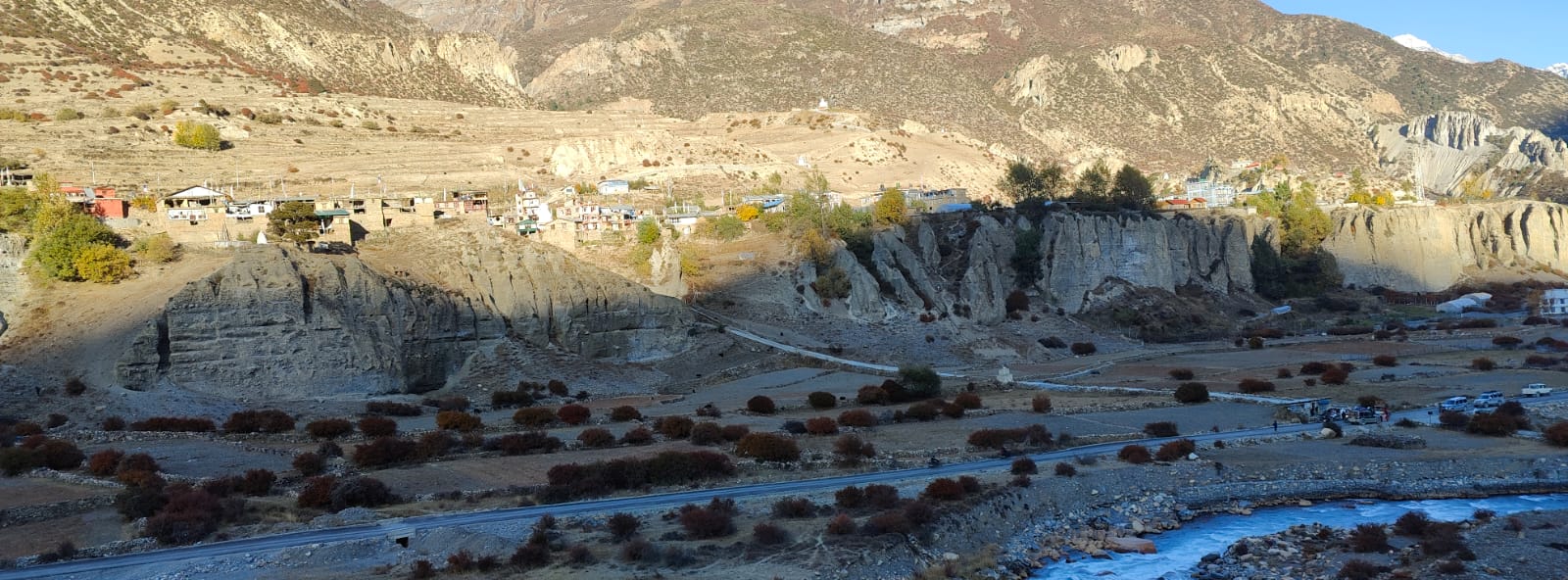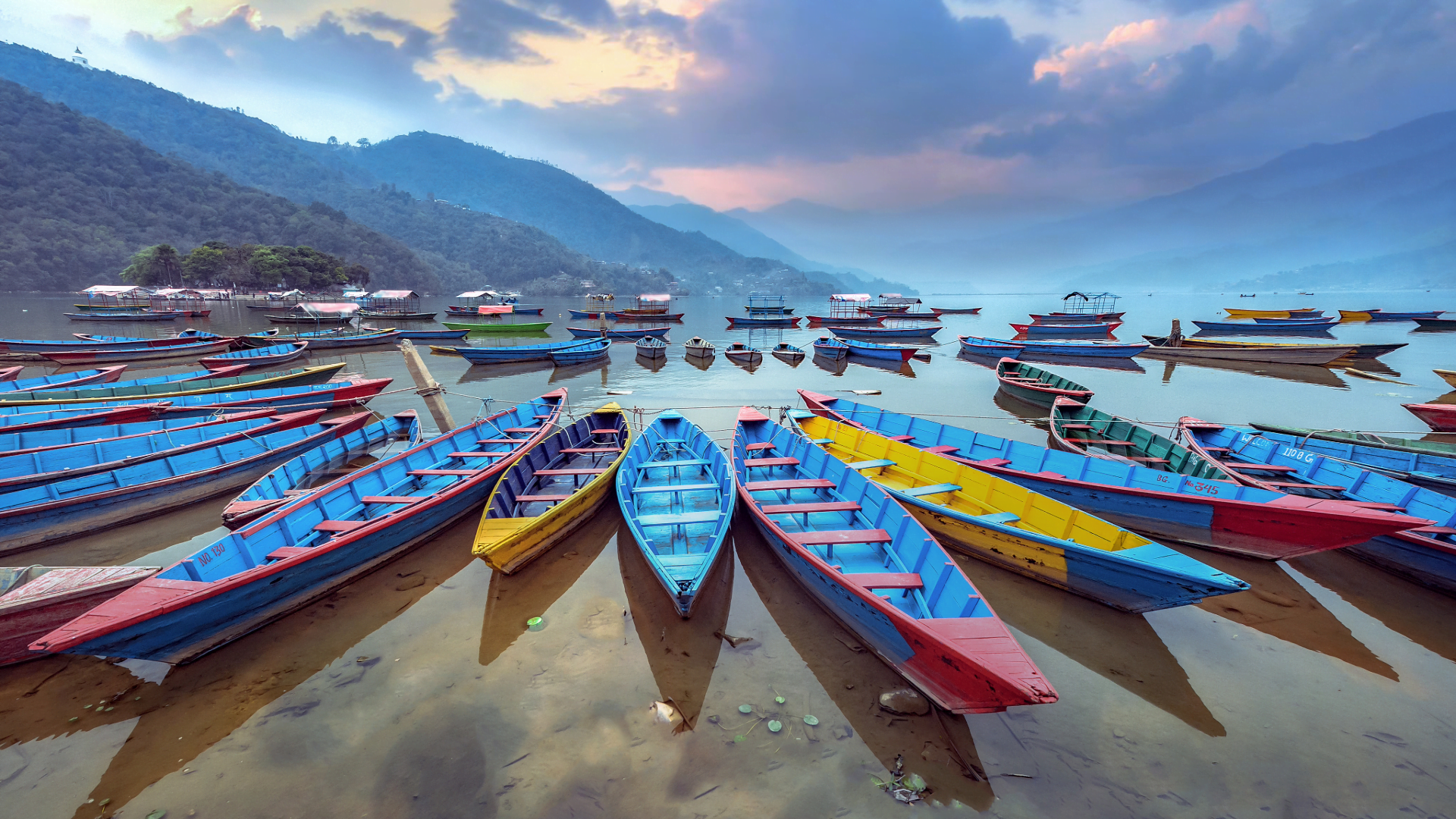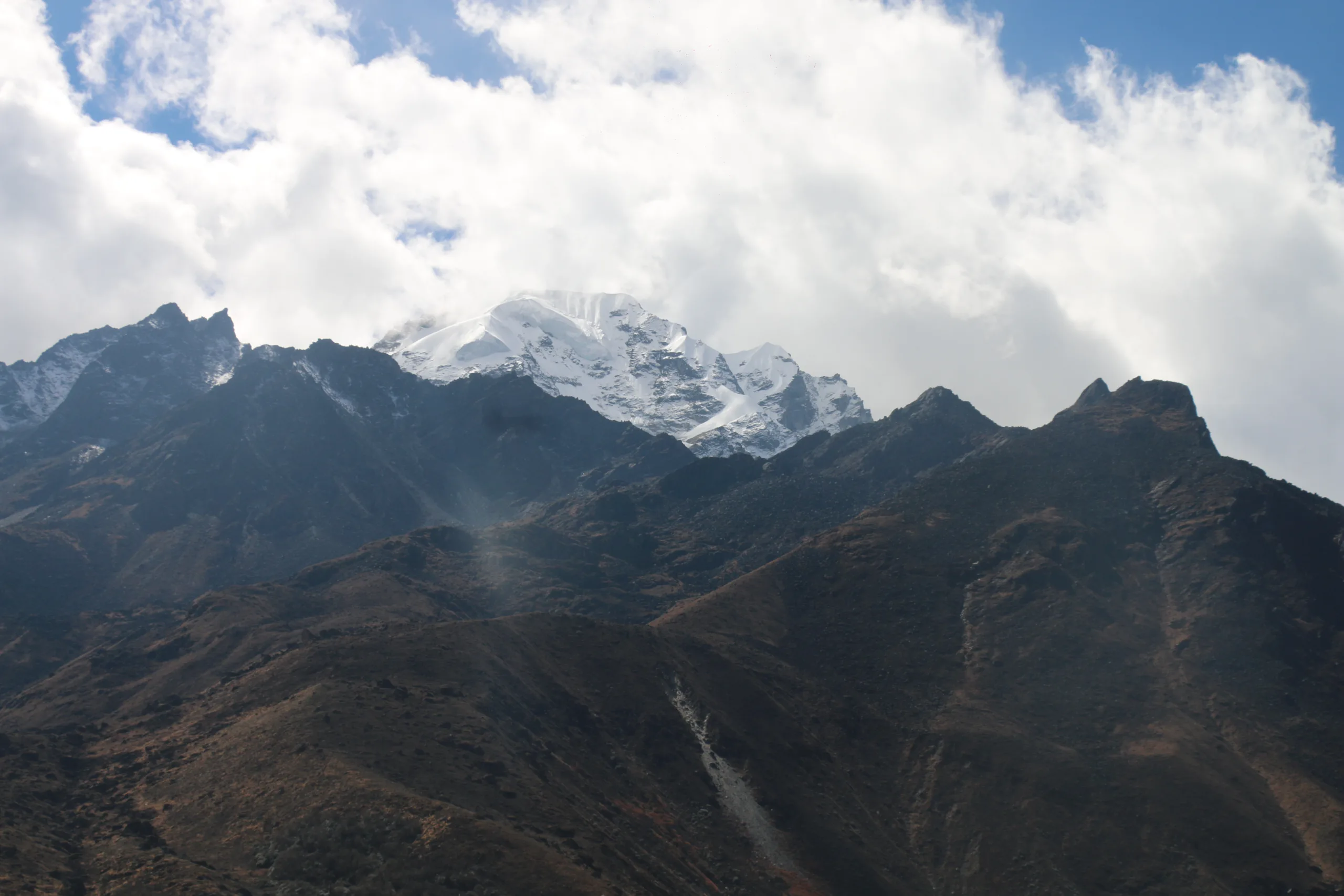Mount Everest: The Roof of the World in Nepal
Mount Everest, standing at a staggering 8,848.86 meters (29,031.7 feet), is the highest peak in the world and an enduring symbol of human exploration and endurance. Situated in the Mahalangur Himal sub-range of the Himalayas, the mountain straddles the border between Nepal and Tibet (China). However, its south side, which is more commonly used for summiting, lies in Nepal, making the country a focal point for adventurers and mountaineers from around the globe.
In this blog, we’ll explore the history, challenges, and cultural significance of Mount Everest, along with practical insights for those dreaming of one day standing on top of the world.
A Brief History of Mount Everest
Ever since British surveyors first measured the peak in 1856, naming it after Sir George Everest, the mountain has captivated explorers. In 1953, Sir Edmund Hillary of New Zealand and Tenzing Norgay, a Sherpa from Nepal, became the first people to successfully summit Everest. Their achievement marked a monumental event in mountaineering history, sparking a rush of climbers determined to follow in their footsteps.
Over the years, Everest has seen numerous successful ascents, tragedies, and even controversies, but it remains a dream for adventurers from all walks of life.
Geography and Routes: The South Col Route
Everest is located within Sagarmatha National Park in the Solukhumbu District of Nepal. Sagarmatha, meaning “Forehead of the Sky” in Nepali, is also the local name for Mount Everest. The park, recognized as a UNESCO World Heritage Site, is home to diverse flora, fauna, and Sherpa culture, providing a rich backdrop to any Everest expedition.
The most popular route to the summit is the South Col route from Nepal. The climb typically begins with a flight into Lukla, a small town perched at 2,860 meters. From Lukla, climbers embark on a trek through the Khumbu Valley, passing iconic locations such as Namche Bazaar and the Tengboche Monastery, before reaching Everest Base Camp at 5,364 meters.
The Challenges of Climbing Everest
Climbing Mount Everest is not for the faint of heart. The challenges are immense, both physically and mentally, and the costs can be high—both in financial and personal terms.
- Extreme Altitude: Above 8,000 meters lies the “Death Zone,” where the human body struggles to survive due to the lack of oxygen. Climbers use supplemental oxygen to counter this, but even with it, moving becomes a slow and laborious task.
- Unpredictable Weather: The weather on Everest can change within minutes, making it one of the most unpredictable and dangerous aspects of the climb. Sudden storms, strong winds, and freezing temperatures can make the difference between life and death.
- Technical Difficulty: The South Col route is the least technically challenging of all routes, but it still involves ice falls, crevasses, and dangerous ascents, particularly at the Khumbu Icefall and the Hillary Step.
Sherpa Culture: The Backbone of Everest Expeditions
Sherpas, the indigenous people of the Khumbu region, are an integral part of any Everest expedition. Known for their resilience and climbing prowess, Sherpas often serve as guides and porters, helping climbers navigate the treacherous terrain.
Beyond their role in expeditions, Sherpas have a deep cultural and spiritual connection to the mountains. Everest is known as “Chomolungma” to the Sherpas, meaning “Mother Goddess of the World.” For them, the mountain is sacred, and many rituals are performed before expeditions to seek blessings and safe passage.
Tourism and Everest: Economic Impact on Nepal
Mount Everest is not just a point of pride for Nepal; it is also a major contributor to the country’s economy. Every year, thousands of tourists and trekkers visit the region, whether they are planning to climb the mountain or trek to Everest Base Camp.
The permits for climbing Everest can cost upwards of $11,000 per person, and climbers often spend tens of thousands more on guides, equipment, and logistics. This revenue supports local businesses, including teahouses, lodges, and trekking companies, creating jobs for the local population.
However, increased tourism has also brought challenges, including environmental degradation and safety concerns. Everest has become infamous for the “traffic jams” near the summit, where climbers queue in dangerous conditions, leading to fatalities.
Environmental Concerns
With the increase in climbers comes the issue of waste and pollution. Discarded oxygen tanks, human waste, and other debris have accumulated over the years, prompting efforts to clean the mountain. Various non-profit organizations and government initiatives have been launched to make Everest a more sustainable destination. Recently, the Nepalese government has also begun enforcing stricter rules on waste management for climbers.
How to Experience Everest
For many, summiting Everest is a once-in-a-lifetime dream, but it is not the only way to experience the majesty of the mountain. Treks to Everest Base Camp are popular and offer a challenging yet accessible way to witness the grandeur of the Himalayas. Along the way, trekkers can experience Sherpa hospitality, visit ancient monasteries, and witness the stunning landscapes of the Khumbu region.
The trek takes approximately 12-14 days and passes through quaint villages, dense forests, and rocky terrains, culminating in the awe-inspiring view of Everest at base camp.
Best Time to Visit Mount Everest
The ideal time to climb or trek around Mount Everest is during the pre-monsoon (spring) season, from April to early June, and the post-monsoon (autumn) season, from late September to early November. During these times, the weather is relatively stable, and visibility is at its best, offering clear skies and stunning vistas of the surrounding peaks.
Conclusion
Mount Everest, the highest point on Earth, is much more than just a challenge for climbers—it’s a cultural icon, an economic powerhouse, and a source of inspiration for people worldwide. While its allure remains strong for adventurers, it’s important to approach the mountain with respect, understanding its challenges and significance.
Whether you dream of standing at the summit or simply trekking to its base, Everest offers an unforgettable experience, one that combines natural beauty, human endurance, and rich cultural heritage.
FAQs:
How difficult is it to climb Mount Everest?
Climbing Everest requires extensive physical preparation, experience with high-altitude climbing, and proper equipment. The extreme altitude and weather conditions make it one of the most challenging climbs in the world.
What is the cost of climbing Mount Everest?
The total cost of an Everest expedition can range from $30,000 to $100,000 or more, depending on the services, guides, and equipment used.
Can I trek to Everest Base Camp without climbing the mountain?
Yes, trekking to Everest Base Camp is a popular option for those who want to experience the beauty of the region without summiting the mountain.
When is the best time to visit Everest?
The best times to visit are during the pre-monsoon (April to June) and post-monsoon (September to November) seasons, when the weather is stable and visibility is clear.




